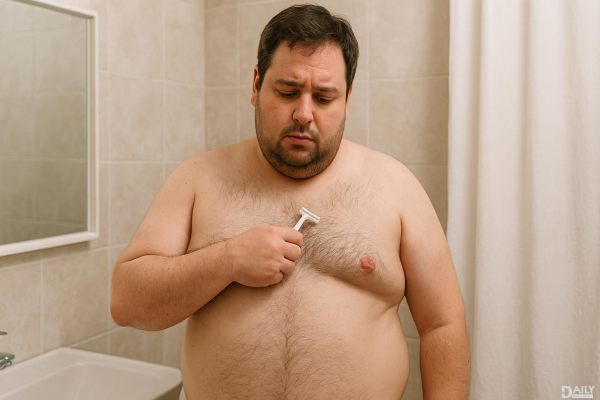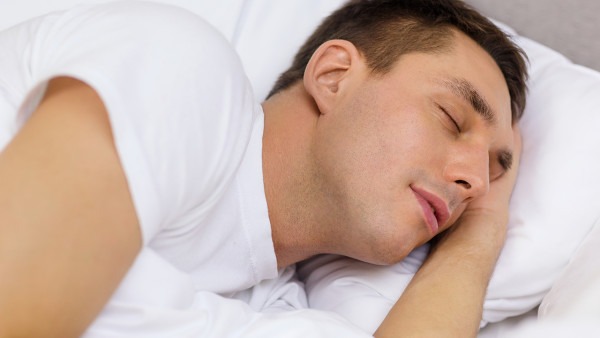A gay beard is more than just facial hair—it’s a term that carries cultural, social, and personal significance. While it might sound like a simple phrase, it’s actually a nuanced concept that has evolved over time. At its core, a "gay beard" refers to a beard that’s meticulously groomed, often styled with precision and flair, and is commonly associated with LGBTQ+ individuals. But there’s more to it than meets the eye. Let’s dive into the surprising truth behind this iconic look and explore what it really means.

The term "gay beard" has roots in both historical and modern contexts. Historically, the beard has been a symbol of masculinity, but in the LGBTQ+ community, it’s been redefined as a statement of identity and self-expression. The rise of the gay beard can be traced back to the early 2000s, when the "bear" subculture—a group of gay men who embrace a more rugged, hairy aesthetic—gained popularity. Over time, the beard became a symbol of pride, individuality, and defiance against traditional norms of masculinity. Today, the gay beard is celebrated as a way to showcase personality, creativity, and confidence.
For many LGBTQ+ individuals, the gay beard is more than just a fashion choice—it’s a form of empowerment. In a world where societal expectations often dictate how people should look and behave, the gay beard challenges those norms. It’s a way for individuals to reclaim their identity and express themselves authentically. Whether it’s a perfectly trimmed goatee, a full lumberjack-style beard, or something in between, the gay beard is a canvas for self-expression. It’s also a way to connect with others in the community, creating a sense of solidarity and belonging.
Grooming a gay beard is an art form in itself. It’s not just about letting facial hair grow wild—it’s about precision, care, and attention to detail. Many gay men invest in high-quality grooming products, from beard oils and balms to specialized trimmers and combs. The goal is to create a look that’s polished yet natural, stylish yet effortless. Some popular styles include the stubble beard, the classic full beard, and the sculpted beard, each offering a unique way to showcase personality. The process of grooming a gay beard can also be a form of self-care, providing a moment of mindfulness and relaxation in a busy world.
The gay beard has made its mark in pop culture, becoming a recognizable symbol of LGBTQ+ identity. From celebrities to influencers, many public figures have embraced the look, helping to normalize and celebrate it. Shows like "Queer Eye" and "RuPaul’s Drag Race" have also played a role in popularizing the gay beard, showcasing its versatility and appeal. In fashion, the gay beard has become a staple on runways and in editorial shoots, proving that it’s more than just a trend—it’s a statement. As representation continues to grow, the gay beard is likely to remain a powerful symbol of pride and individuality.
One of the most important aspects of the gay beard is its ability to break down stereotypes. For too long, society has associated beards with a narrow definition of masculinity, often excluding LGBTQ+ individuals from the conversation. The gay beard challenges this by showing that masculinity is not a one-size-fits-all concept. It’s a reminder that everyone has the right to define their own identity, regardless of societal expectations. By embracing the gay beard, individuals are not only expressing themselves but also paving the way for greater acceptance and understanding.
The gay beard is more than just a style—it’s a symbol of identity, pride, and self-expression. From its origins in the bear subculture to its place in modern pop culture, the gay beard has become a powerful way for LGBTQ+ individuals to showcase their authenticity. Whether it’s through meticulous grooming or bold styling, the gay beard is a testament to the diversity and creativity within the community. So the next time you see a perfectly groomed beard, remember that there’s more to it than meets the eye—it’s a story of resilience, pride, and individuality.
























